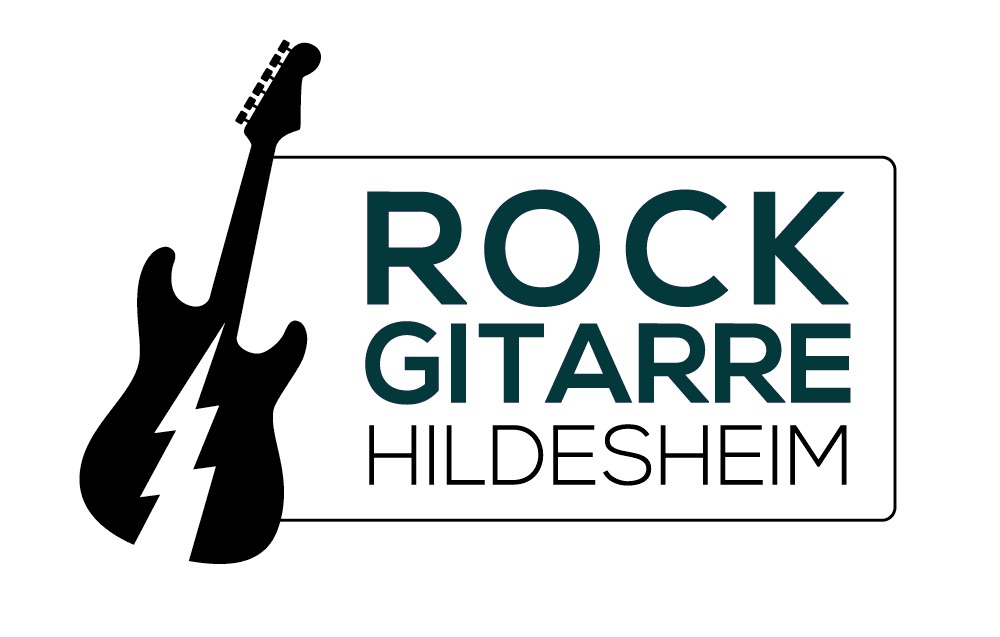by Tommaso Zillio
Once you found a melody or solo line you are happy with, it can be hard to let it go. Before you become a one trick pony, you have to stop playing the same thing you are comfortable with and learn how to challenge yourself. I’ve got a few ways you can do that.
If you are someone who plays music, it is very common to go through periods where who feel as though you aren’t capable of creating anything new. This is going to most likely be the case for someone who is brand new to music. If you don’t know much, how are you supposed to create? Once you learn some chords is when you are able to start potentially piecing together your own song little by little, and is also when you first start to feel that creative flow.
However, if a few chords is all you have to work with, there is only so much you can create. This is when you will probably start to feel like you don’t have what it takes. In actuality, your brain is simply bored of repeatedly doing the same thing. I know many musicians who let this state of mind stop them from pursuing music when all they really needed was to learn a bit of theory to keep that creativity flowing.
You may have heard from many nay-sayers that theory stifles creativity. I am here to tell you that is not the case.
When learned correctly, theory has the capability of opening up many new doors for you creatively. Some people consider theory to be strict set of rules that you are expected to follow. All I see it as is fuel for creativity. All the new concepts you study are simply new ideas you can start using to make music. The key is to resist forcing yourself to sit and read a book for hours, and actually have your instrument in hand so you can start applying the concepts right away.
Im going to show you how this can be done by using the concept of sequencing. For those who don’t know, sequencing is taking the same lick but starting it on different notes in a scale. If you are unsure of what this mean, I will explain better in the videos. Generally people will apply this idea to major and minor scales. Though this concept can also by used with chords and pentatonic scales. I will explain how in the following videos.
By the way, these videos can be watched in any order. So start with your favourite!
Applying Sequencing To Chords
If you are looking for new ideas for songs, try applying the concept of sequencing to chords. It will provide you with many chord progressions you probably haven’t tried before:
Applying Sequencing To Diatonic Scales
Sequencing was originally meant to be applied to diatonic scales. I will go over many examples of this at 6:00 in the following video. If you want more beyond this you can find a step-by-step guide through many more examples in my „Master of the Modes“ course.
Applying Sequencing To Pentatonic Scales
You will be able to hear right away why so many people use the concept of sequencing on pentatonic scales. Use it to create a signature rock lick, or to find your own style with it:
Next Step
Take your time with all this. Find one or two of your favourite concepts that I talked about and enjoy the process of learning. If you are looking to continue learning more, check out my website or feel free to email me!
About the Author
A professional prog rock musician, Tommaso Zillio is a regular writer of columns about Music Theory for Guitar. You can see more videos on his YouTube channel
